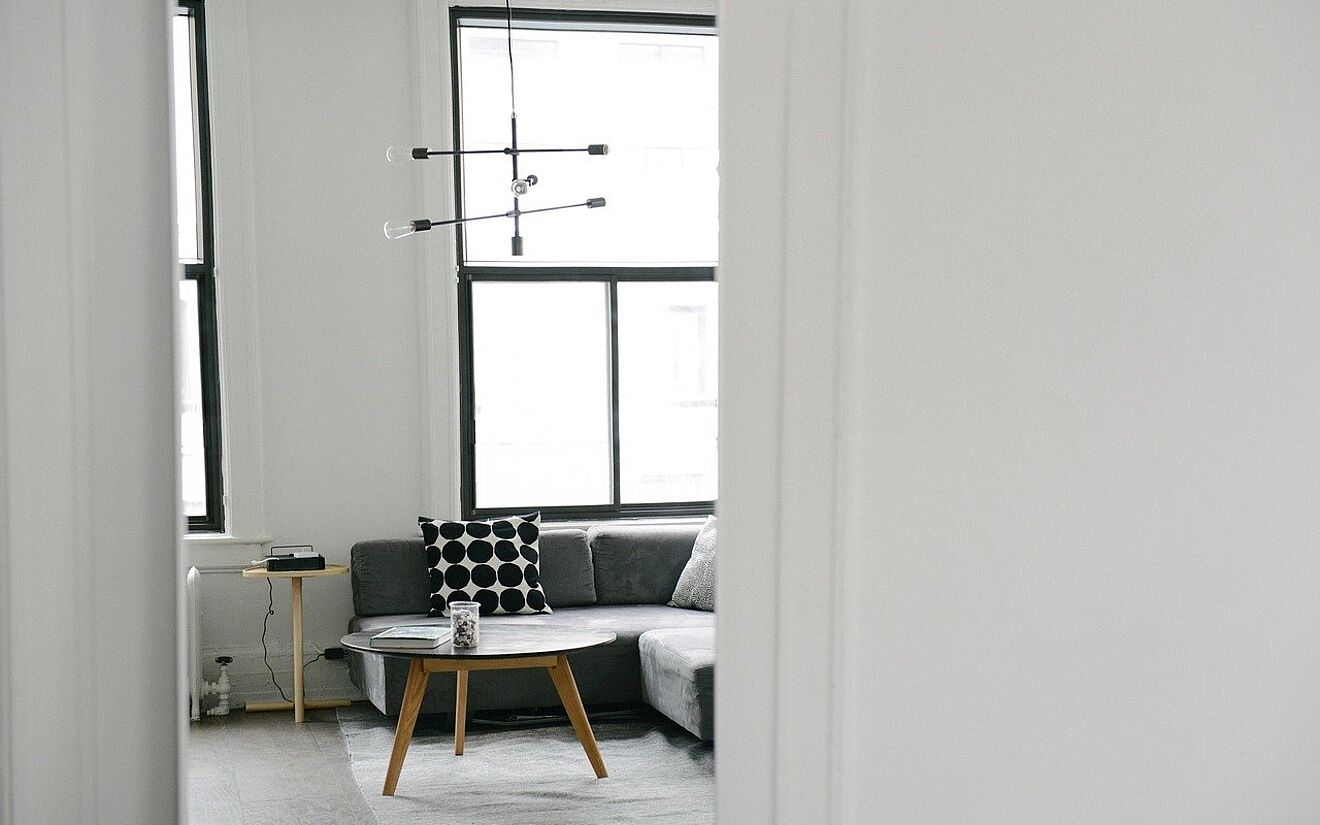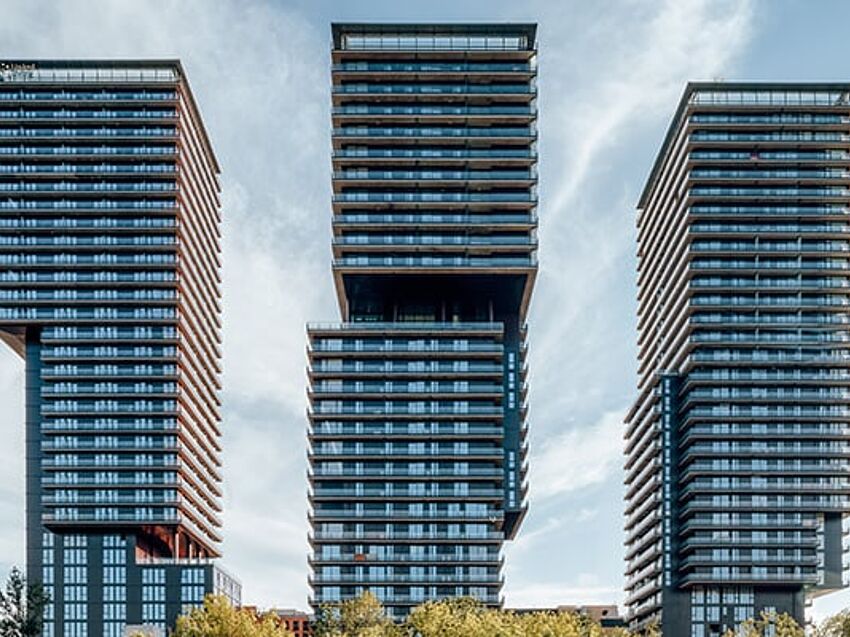Europeans spend on average 20 hours a day indoors. All the more reason to ensure pollutant-free construction methods which do not adversely affect health.
According to a study carried out by wholesale cooperative MEGA the topic of healthy living is a high priority for 73 percent of those questioned. For energy efficiency reasons modern buildings are now becoming tighter or more sealed. This leads to reduced air exchange and the indoor climate suffers. The consequences include dizziness, allergies or headaches. Sources of pollutants can be excluded in the planning stage by the builder. The choice of the right plaster also plays a key role. Building biologists, therefore, recommend mineral plasters without chemicals, which mainly consist of sand. As a bonding agent, depending on application, they contain clay, loam or limestone.

Rotkalkputz: the natural air conditioning
Rotkalkputz filters pollutants from the air which occur via use of cleaning products and adhesives or enter the air from gas stoves and open fireplaces. The alkaline mineral plaster also regulates humidity via absorption of excess moisture and prevents mould formation and mycelia. Limestone plasters function to a certain extent like a natural air conditioner. Its high pH value makes the mineral plaster also suitable for external facades since the building is more resistant to infestations of moss and algae. If the builder opts for coloured plaster this also requires a finishing and levelling application as colour protection. Other benefits of Rotkalkputz are its good heat storage capacity and its flame-retardant and sound-attenuating properties.
Loam plaster for allergy sufferers
Similar to Rotkalkputz, loam plaster filters pollutant emissions from the air and has a flame-retardant and sound-attenuating effect. This mineral plaster is ideal for allergy sufferers in particular since it also bonds particulates from the room air which aggravate intolerances. The raw material loam can be broken down and recycled 100 percent. This makes it suitable for sustainable building. An exchange of moisture can be achieved through as little as three to five millimetres in thickness, a sustainable effect benefiting the indoor climate necessitates 15 millimetres. Furthermore, loam plaster is entirely free of chemicals, and is porous and hygienic. Its hardening takes place via air drying which makes it especially energy efficient. Because loam plaster does not become electrostatically charged it does not attract any unnecessary dirt particles.
Loam versus limestone
Here again the benefits and properties of the two types of plaster have been summarized for you:
Limestone plaster:
alkaline, making it suitable for external facades too resistant to mould and fungus moisture dispersant Absorbs pollutants from the air Good heat storage capacity
Loam plaster:
absorbs pollutants from the airbonds particulates moisture dispersant No elestrostatic charge, and consequently dirt-repellent sustainable Good heat storage capacity no chemical additivesenergy efficient
But regardless either loam or limestone plaster: in housing construction mineral plasters have been used effectively for centuries. Since healthy living is set to become an even more important topic in future, it is advisable to research building materials in terms of their properties in order to rule out sources of pollutants, even before construction starts.




